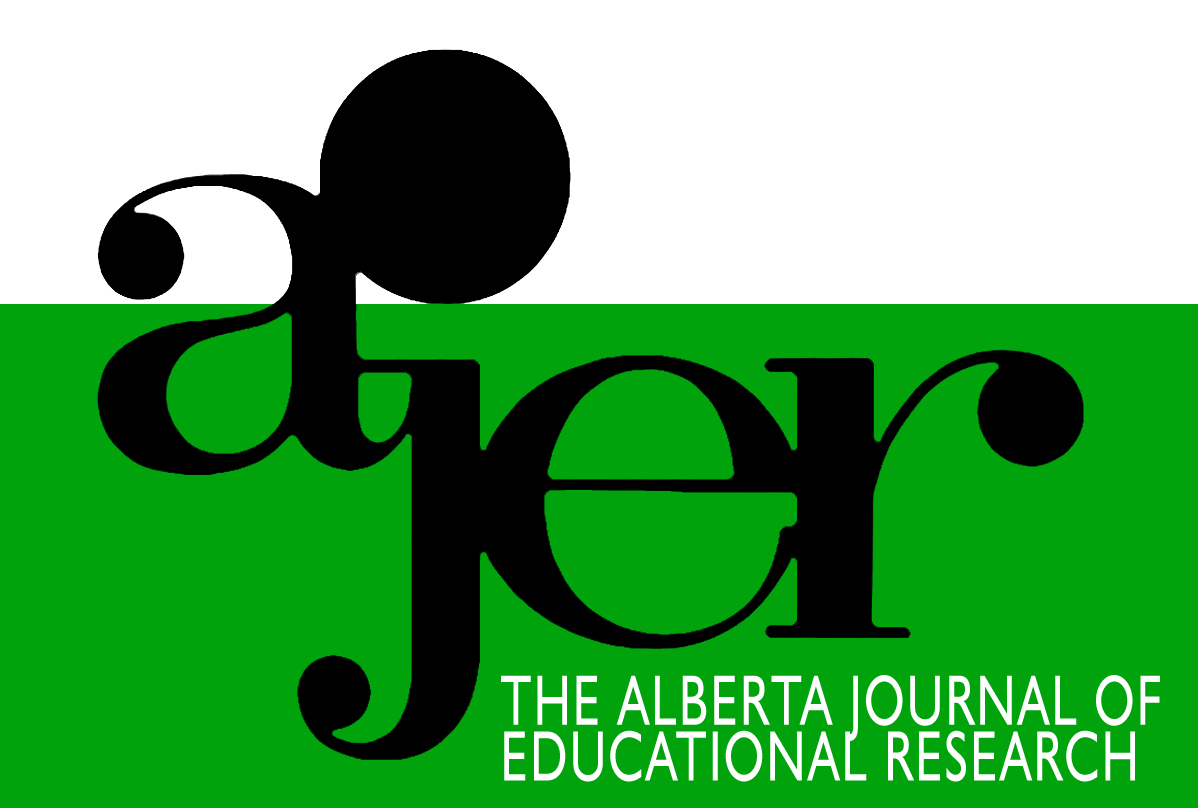A Teacher’s Checklist for Evaluating Treatment Intrusiveness
DOI:
https://doi.org/10.55016/ojs/ajer.v57i2.55474Keywords:
Treatment intrusiveness, behavior intervention, treatment acceptabilityAbstract
Teachers are frequently involved in developing and evaluating treatments for problematic behaviors. Along with other members of the interdisciplinary team, they must determine the level of intrusiveness that a treatment may have on a student. Several factors that influence the intrusiveness of treatment procedures are described. These factors were used to develop a checklist that could be used systematically by teachers to evaluate the intrusiveness of treatments recommended by treatment teams. After the checklist was administered to a group of preservice teachers, it was found to be capable of discriminating among several treatment options described in a series of case vignettes. The implications of incorporating such a checklist into the design and implementation of treatments for problem behavior are discussed.Les enseignants sont souvent impliqués dans le développement et l’évaluation de traitements des problèmes de comportement. De concert avec d’autres membres d’une équipe interdisciplinaire, ils doivent déterminer dans quelle mesure un traitement est intrusif pour l’élève. L’article décrit plusieurs facteurs qui influencent le degré de discrétion des procédures. À partir de ces facteurs, on a dressé une liste de vérification dont pourraient se servir les enseignants de façon systématique pour évaluer à quel point les procédures recommandées par les équipes de traitement sont intrusives. La liste a été présentée à un groupe de stagiaires et s’est avérée capable de distinguer plusieurs options de traitement décrites dans une série de vignettes d’étude de cas. S’ensuit une discussion portant sur les conséquences d’incorporer une telle liste de vérification dans la conception et la mise en œuvre de traitements pour les problèmes de comportement.
Downloads
Downloads
How to Cite
Issue
Section
License
UNIVERSITY OF ALBERTA COPYRIGHT LICENSE AND PUBLICATION AGREEMENT
If accepted, authors will be asked to sign a copyright agreement with the following points:
A. Where there is any inconsistency between this Copyright License and Publication Agreement and any other document or agreement in relation to the same subject matter, the terms of this Agreement shall govern.
B. This document sets out the rights you are granting in relation to publication of your article, book review, or research note entitled (the “Article”) through inclusion in the academic journal titled Alberta Journal of Educational Research (the “Journal”) published through the Faculty of Education, representing the Governors of the University of Alberta (the “Journal Editor”).
C. There will be no payment to you for this publication and grant of rights. In consideration of the agreement to publish the Article in the Journal:
1. You are warranting that:
- the content of the Article is your original work, and its content does not contain any material infringing the copyright of others; or, where the Article is not entirely your original work, you have obtained all necessary permissions in writing to grant the rights you are giving in this agreement;
- the content of the Article does not contain any material that is defamatory of, or violates the privacy rights of, or discloses the confidential information of, any other person;
- the Article has not been published elsewhere in whole or in part, and you will not allow publication of the Article elsewhere without the consent of the Journal Editor;
- the names of all co-authors and contributors to the Article are:
2. You agree to license the copyright in the Article to the Journal Editor, on a worldwide, perpetual, royalty free basis; and to the extent required by the terms of this agreement. You shall retain the right at all times to be acknowledged as the/an author of the Article.
3. You further agree that the Journal Editor has the entitlement to deal with the Article as the Journal Editor sees fit, and including in the following manner;
- The right to print, publish, market, communicate and distribute the Article and the Journal, in this and any subsequent editions, in all media (including electronic media), in all languages, and in all territories, ing the full term of copyright, and including any form of the Article separated from the Journal, such as in a database, abstract, offprint, translation or otherwise, and to authorize third parties to do so;
- The right to register copyright of the Journal;
- The right to edit the Article, to conform to editorial policy as the Journal Editor sees fit.
4. If any co-author or contributor to the Article does not sign this agreement, the Journal Editor reserves the right to refuse to publish the Article.



